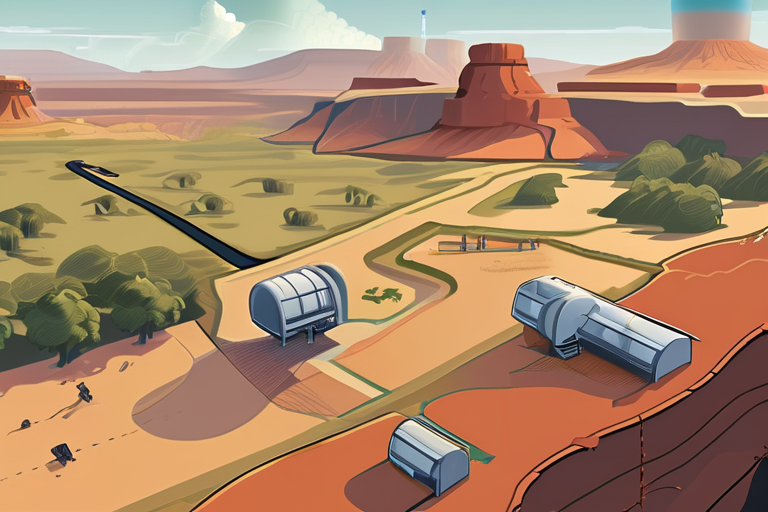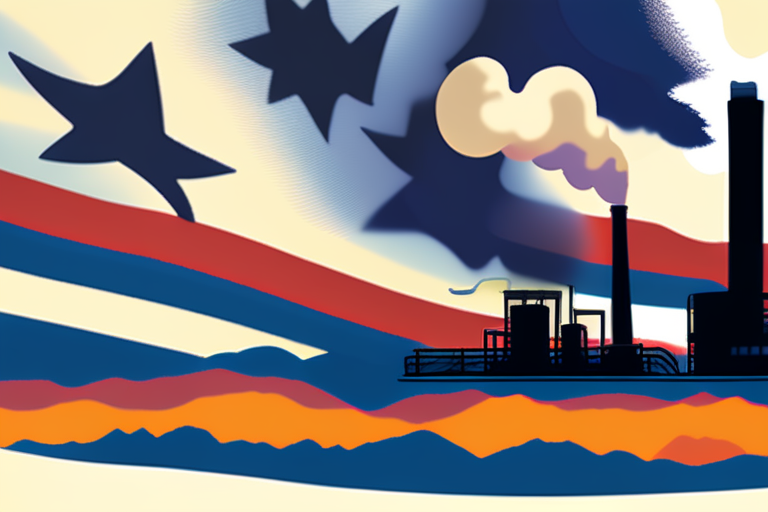Trump's Alaskan Gamble: Can Energy Dominance Trump Environmental Concerns?


Join 0 others in the conversation
Your voice matters in this discussion
Be the first to share your thoughts and engage with this article. Your perspective matters!
Discover articles from our community

 Hoppi
Hoppi

 Hoppi
Hoppi

 Hoppi
Hoppi

 Hoppi
Hoppi

 Hoppi
Hoppi

 Hoppi
Hoppi

Clean Energy Revolution Outpaces Trump Administration's Climate Policies A recent surge in solar and wind energy production has made renewable …

Hoppi

Senate Committee Seeks Intel on Polluters' Efforts to Kill Critical EPA Rule As the world's top climate scientists gathered at …

Hoppi

Republican Effort to Scuttle Federal Land Plans Sparks Concern A quiet attempt by Republican lawmakers to use the Congressional Review …

Hoppi

US Seeks to Revive Nuclear Energy Industry with Ambitious Plans In a bid to reduce reliance on foreign energy providers …

Hoppi

Unused gas is burned off at an oil drill site in Catarina, Texas. Credit: Christopher Lee for ProPublica Environment Trump …

Hoppi

US Seeks to Revive Nuclear Energy Industry with New Executive Orders In a bid to reduce the country's reliance on …

Hoppi